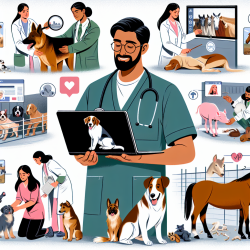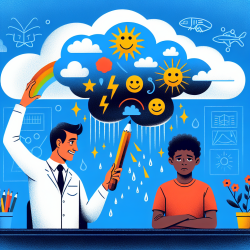Veterinarians play a critical role in not only treating animals but also in recognizing and responding to cases of suspected animal cruelty, abuse, and neglect. According to the research article "Recognizing and responding to cases of suspected animal cruelty, abuse, and neglect: what the veterinarian needs to know," there are several key steps and indicators that can help practitioners enhance their ability to identify and address these issues effectively.
Key Findings from the Research
The research outlines five crucial steps that veterinarians can take to institutionalize a professional response to suspected abuse:
- Build Awareness: Understand that animal cruelty is a significant professional concern. Training programs in veterinary colleges and continuing education are essential.
- Resolve Ethical Dilemmas: Balance economic, safety, confidentiality, legal, and management concerns with ethical principles to respond compassionately and effectively.
- Legal Protection: Utilize mandatory or permissive reporting processes that reduce exposure to civil and/or criminal liability.
- Identification Training: Learn to identify clinical indicators of abuse, such as unexplained injuries, low body condition scores, and signs of neglect.
- Standardized Protocols: Develop protocols that balance the interests of the practice, clients, patients, and other animals in the household.
Clinical Indicators of Abuse
Practitioners should be aware of several clinical and environmental factors that may raise suspicion of animal maltreatment:
- Unexplained or repetitive injuries
- Evidence of rib injuries or fractures
- Low weight or body condition scores
- Signs of severe neglect such as heavy ectoparasite infestation or emaciation
- Client behavior factors such as inconsistent histories or lack of concern for the animal’s injuries
Implementing Effective Responses
Veterinarians should develop practice-specific decision-making protocols to address suspected abuse cases. These protocols should include comprehensive note-taking, photographing injuries, and seeking second opinions when necessary. Additionally, administering client questionnaires can help uncover patterns of abusive behaviors and inability to provide proper animal husbandry.
It is crucial to remain calm, polite, and objective when addressing these concerns with clients. Comprehensive, contemporaneous, and accurate note-taking is essential, especially if the case will lead to a formal investigation.
Conclusion
Recognizing and reporting suspected animal abuse are the first steps toward resolving unhealthy situations and making communities safer for all. Veterinarians can work within a One Health approach that unites human and veterinary medicine in a common concern for the vulnerable, victimized, and at-risk.
To read the original research paper, please follow this link: Recognizing and responding to cases of suspected animal cruelty, abuse, and neglect: what the veterinarian needs to know.










